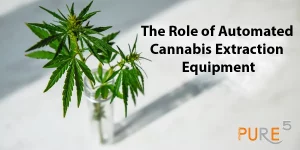Introduction
We will provide a brief overview of different methods for extracting cannabis, with a focus on R134a aerosol extraction. This method is the latest state-of-the-art process that preserves all terpenes and minor cannabinoids. Additionally, we will highlight the importance of minor cannabinoids in cannabis extracts. The R134a aerosol extraction method is very impressive due to its ability to retain all minor cannabinoids and terpenes. We are looking forward to learning more about the potential benefits of minor cannabinoids in cannabis extracts.
Table of Contents
ToggleIn recent years, cannabis extracts have gained a lot of popularity, and for a good reason. These extracts contain useful compounds with potential therapeutic benefits. One particular group of compounds that is getting a lot of attention in the medical field is minor cannabinoids. Although these compounds exist in smaller quantities in the cannabis plant compared to major cannabinoids like THC and CBD, they may possess their unique therapeutic properties.
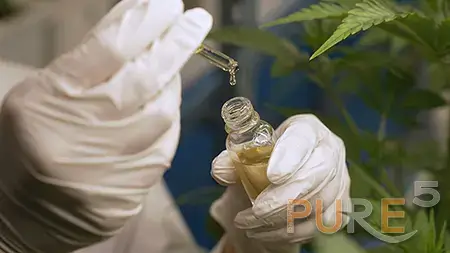
One technique that is gaining popularity among researchers and industry experts is aerosol extraction. This process preserves all terpenes and minor cannabinoids, resulting in high-quality cannabis extracts with enhanced potency and purity. The technique uses a non-volatile gas to wash the plant material, allowing for more efficient and thorough extraction of cannabinoids, including minor cannabinoids that may be present in smaller quantities. The fine gas also reduces the amount of solvent needed, which minimizes the risk of contamination and reduces the overall cost of the extraction process.
Aerosol extraction is an effective solution for the low concentration of minor cannabinoids in cannabis plants. This technique has the ability to extract even the smallest amounts of cannabinoids from the plant material, making it a powerful tool for producing high-quality cannabis extracts. Researchers and industry experts can use this innovative technique to produce cannabis extracts with enhanced potency and purity, which ultimately makes them more widely available to consumers.
Understanding Minor Cannabinoids
Minor cannabinoids are compounds that are present in the cannabis plant in smaller quantities than the major cannabinoids, which are CBD and THC. Some of the most well-known minor cannabinoids are cannabigerol (CBG), cannabinol (CBN), and cannabichromene (CBC). Each of these minor cannabinoids has unique properties and potential health benefits that are currently being studied by researchers. Although more research is required to fully comprehend the effects of minor cannabinoids on the human body, studies have indicated that they may possess anti-inflammatory, analgesic, and neuroprotective properties.
Minor cannabinoids are gaining attention in the medical field due to their potential therapeutic benefits. Some research suggests that these cannabinoids, which are present in smaller quantities in the cannabis plant than THC and CBD, may have their own unique therapeutic properties. For example, CBG may have antibacterial and anti-inflammatory effects, while CBN may have sedative properties. However, it is important to note that further research is necessary to fully understand the therapeutic potential of minor cannabinoids and how they interact with other compounds in the cannabis plant.
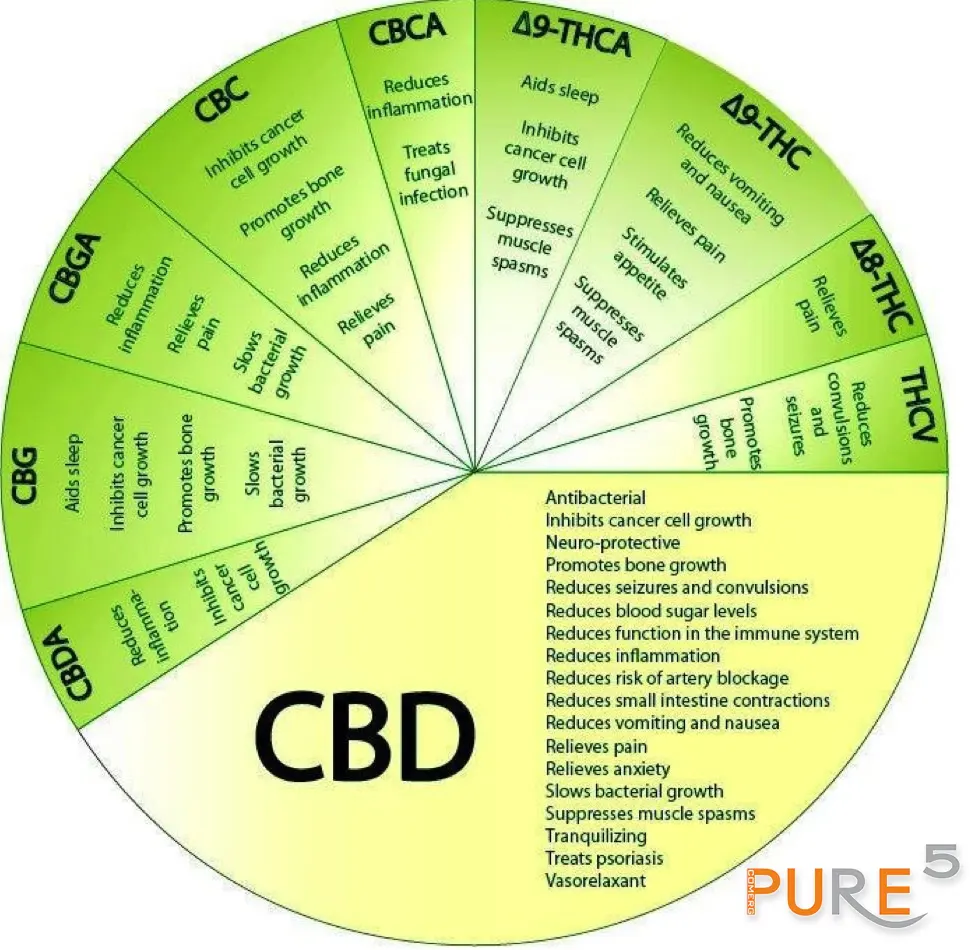
Challenges in Extracting Minor Cannabinoids
Extracting minor cannabinoids from cannabis plants can be arduous as they are present in low concentrations. Moreover, these cannabinoids have similar chemical properties to other compounds present in the plant, making it challenging to separate them using traditional extraction methods. To overcome these challenges, researchers are currently exploring innovative techniques such as advanced chromatography methods and utilizing the unique properties of these compounds to develop more selective extraction processes. This research will help enhance the quality and consistency of minor cannabinoid products and make them more accessible to consumers.
It’s important to note that traditional extraction methods may not be the most effective in capturing minor cannabinoids. This can make isolating and extracting these compounds quite difficult. To ensure that the process is as effective and efficient as possible, it’s essential to explore these method limitations.
R134A Aerosol Extraction
Cannabis extraction is a meticulous process that requires expertise and precision to retain the beneficial compounds of the plant. One of the latest cutting-edge methods for extraction is R134a aerosol extraction. It is an innovative and highly efficient technique that conserves the terpenes and minor cannabinoids. This method has gained popularity among researchers and industry experts due to its ability to produce high-quality cannabis extracts with improved potency and purity.
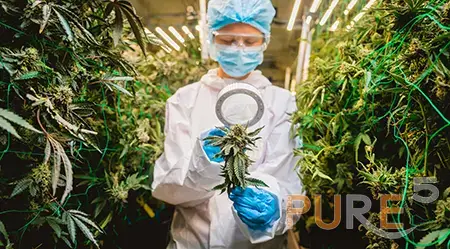
Advantages of R134A Aerosol Extraction
One of the unique properties of R134a aerosol as a solvent is its ability to preserve all terpenes & minor cannabinoids during extraction. This is due to the highly efficient and innovative technique used in aerosol extraction, which creates a fine mist of the solvent that is sprayed onto the plant material. The fine mist allows for a more thorough and efficient extraction of the cannabinoids, resulting in high-quality cannabis extracts with enhanced potency and purity. Additionally, the reduced amount of solvent used in the process helps to minimize the risk of contamination and reduce the overall cost of extraction.
One of the biggest challenges in extracting minor cannabinoids is their low concentration in cannabis plants. However, R134a aerosol extraction has been found to be effective in addressing this challenge. This is because R134a aerosol is a powerful solvent that is able to extract even the most minor amounts of cannabinoids from the plant material. Additionally, it has unique properties that make it ideal for use in extraction processes. For example, it is able to penetrate the plant material more deeply than other solvents, which means that it can extract more cannabinoids from the same amount of starting material. Overall, R134a aerosol extraction is a promising technique for capturing minor cannabinoids and improving the efficiency of cannabis extraction processes.
R134a extraction is a selective extraction method that uses the non-volatile gas R134a to extract specific compounds from plant material. This method is often used in the cannabis industry to extract minor cannabinoids and terpenes, as R134a has a high affinity for these compounds. The selectivity of R134a extraction allows for a more targeted extraction process, resulting in higher yields of specific compounds and a more efficient use of resources. However, it’s important to note that R134a extraction is a relatively new technique, and more research is needed to fully understand its potential benefits and limitations.
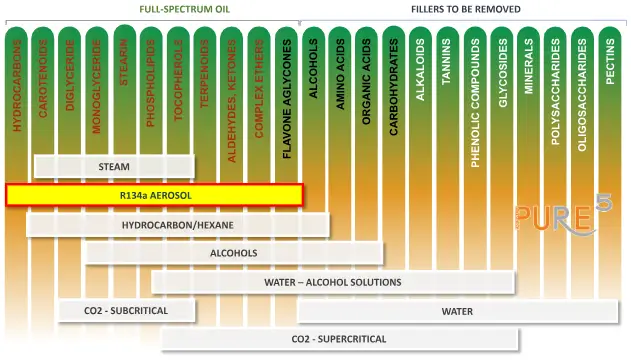
Case Studies and Results
Several studies have demonstrated the efficacy of R134a aerosol extraction in extracting minor cannabinoids. One such study published in the Journal of Chromatography compared the efficiency of R134a aerosol extraction with other commonly used extraction methods. The researchers found that R134a aerosol extraction was the most efficient method for extracting minor cannabinoids, including CBG, CBC, and CBN, from cannabis extracts. Another study published in the journal Phytochemical Analysis evaluated the efficacy of R134a aerosol extraction in extracting minor cannabinoids from different cannabis strains.
The researchers found that R134a aerosol extraction was able to extract a wide range of minor cannabinoids, including CBG, CBC, and CBN, from all of the strains tested. The study also found that R134a aerosol extraction was able to extract these minor cannabinoids with high purity and in high quantities, indicating that it is a reliable method for producing minor cannabinoid products. Overall, these studies suggest that R134a aerosol extraction is a highly efficient and effective method for extracting minor cannabinoids from cannabis extracts. Its ability to extract these compounds with high purity and in high quantities makes it a promising technique for producing high-quality minor cannabinoid products.
Some examples of cannabis extracts enriched with minor cannabinoids that can be produced using the aerosol extraction method include Delta-8 THC, Cannabichromene (CBC), Cannabigerol (CBG), and Tetrahydrocannabivarin (THCV). These minor cannabinoids are known to have potential therapeutic benefits, including anti-inflammatory, anti-anxiety, and pain relief properties. The aerosol extraction method allows for a highly efficient and selective extraction of these minor cannabinoids, resulting in a potent and high-quality cannabis extract.
Applications and Future Directions
Minor cannabinoid-rich extracts are gaining attention in various industries due to their potential therapeutic benefits. These extracts can be used in different products, such as cosmetics, nutraceuticals, and pharmaceuticals. The minor cannabinoids present in these extracts are known to have anti-inflammatory, analgesic, and anxiolytic properties, making them valuable ingredients in treating various ailments. Researchers are exploring the potential applications of these extracts to develop innovative products that can improve the quality of life of people suffering from different health conditions.
The field of cannabinoid extraction has been rapidly evolving, with new techniques and technologies being developed to maximize the extraction of minor cannabinoids. One promising method is aerosol extraction, which allows for targeted extraction of specific compounds. In terms of future research directions and innovations, there is still much to explore and discover in aerosol extraction to maximize minor cannabinoid extraction. One potential area of focus is the development of more efficient and cost-effective methods for producing aerosol extracts.
Additionally, there is a need for further research into the effects of different extraction parameters on the final quality and composition of the extract. This could include investigating the effects of different solvents, temperatures, and pressures on the extraction process. Overall, the potential applications of minor cannabinoid-rich extracts are vast, and continued research into maximizing their extraction will be essential for unlocking their full potential in various industries.
Conclusion
Minor cannabinoids are compounds found in the cannabis plant in smaller quantities than major cannabinoids like THC or CBD. They have unique properties and potential health benefits that researchers are currently studying. Studies suggest that they may have anti-inflammatory, analgesic, and neuroprotective properties. Despite being present in smaller quantities in the plant, minor cannabinoids are gaining attention in the medical field for their potential therapeutic benefits and are being explored for their extraction and isolation.
The significance of R134a aerosol extraction cannot be overstated. It plays a crucial role in extracting minor cannabinoids from cannabis extracts. This process helps isolate specific cannabinoids that can be used for a wide range of applications, such as medical research and product development. By highlighting the importance of this extraction technique, we can ensure that we make the most of all the resources available in the cannabis plant and reap its maximum benefits.
I’m glad to hear that you’re interested in exploring R134a aerosol extraction to improve the quality and potency of cannabis extracts. This method has proven to be effective and is popular among cannabis enthusiasts. If you want to learn more about this topic, I’d be happy to provide you with further information.




